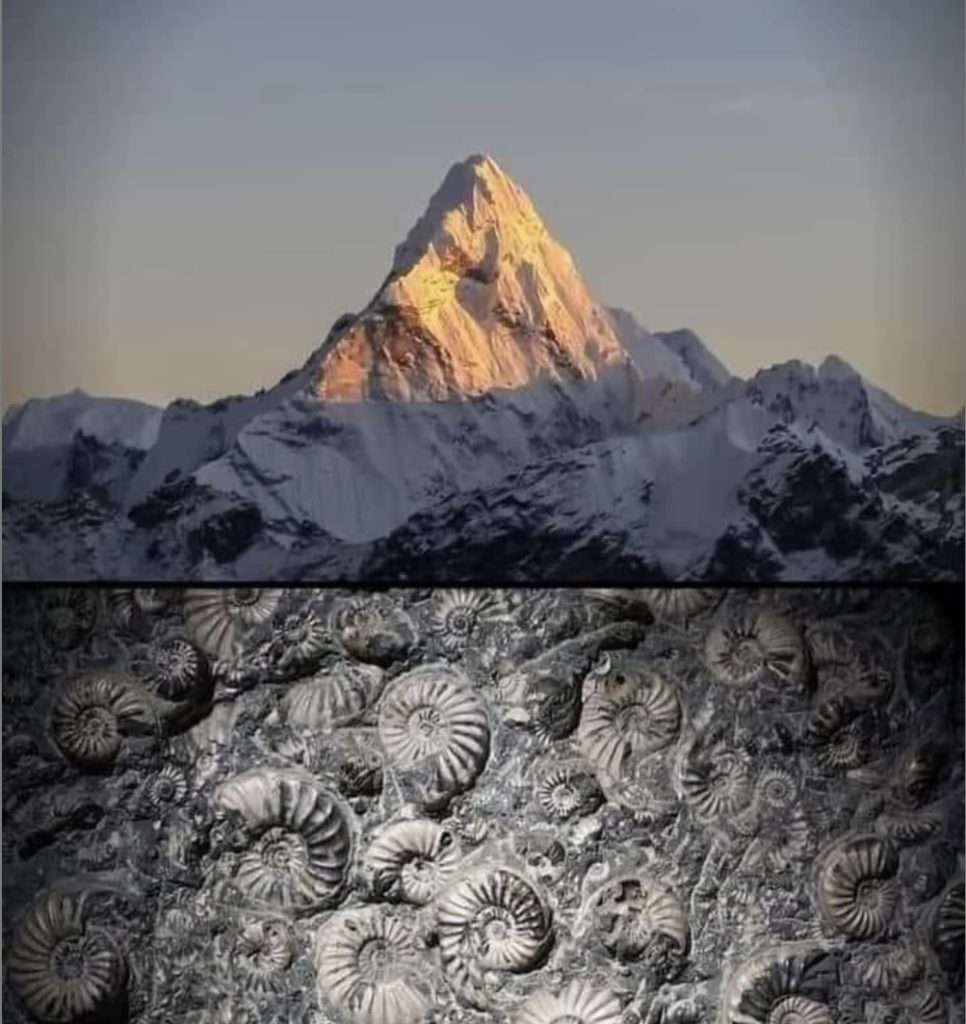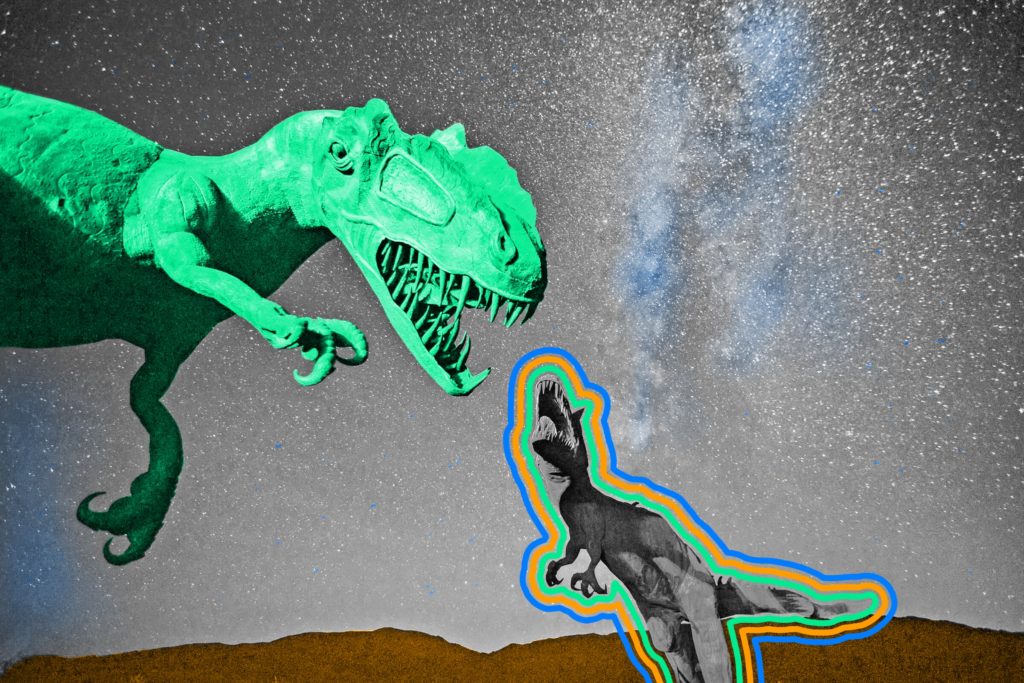Monthly Archives: June 2024
The Earth Was on The Other Side of The Galaxy When Dinosaurs Roamed.
That dinosaurs went extinct 65 million years ago is pretty common knowledge. Not as well known, but just as fascinating, is the fact that Earth was on the other side of the galaxy when most of them were alive. It takes the sun (and thus the rest of the solar system) around 250 million years to orbit the center of the Milky Way. The first dinosaurs appeared at the dawn of the Triassic Period around 250 million years ago, and for most of their very long reign — namely the Jurassic and Cretaceous periods — our humble planet was in a completely different neighborhood of the galaxy. That means, of course, that the stars the dinosaurs saw in the sky would have looked different from the view we have today.
Though not new information, this knowledge made something of a splash a few years ago when NASA astronomer Dr. Jessie Christiansen created an animation showing which part of the Milky Way our prehistoric predecessors resided in. Perhaps the most intriguing part of the video is its ending, which asks what our planet might be like the next time we complete a trip through the Milky Way. Fortunately, our solar system stays far, far away from the inhospitable galactic center(and its supermassive black hole) as it moves through space. If it didn’t, there’d be no life on Earth whatsoever — human, dinosaur, or otherwise.
Mount Everest Is Still Growing

Standing 29,032 feet above sea level in between Nepal and Tibet, Mount Everest is the world’s highest peak. It’s also still growing. While there’s a push-pull dynamic at work in its vertical expansion — plate tectonics push it further into the sky at the same time that erosion does the opposite — the mountain gets about 4 millimeters (0.16 inches) taller per year on average. That means it’s actually growing at a slightly slowerrate than many of its Himalayan counterparts, some of which are rising about 10 millimeters (0.4 inches) each year.
At least 4,000 people have summited Mount Everest since 1953, although precise numbers vary depending on the source. It’s getting increasingly expensive to do so, however; the average cost is about $45,000 per person, and some spend as much as $160,000 on travel, guides, food, and equipment. There are also growing concerns that expeditions up the mountain, which have increased in recent years, are having a negative impact. Both the crowds and the waste they leave behind degrade the mountain, and some have suggested it may be time to cease climbing the summit completely. Even so, adventurous spirits remain called to summit the highest peak on the planet — and will likely continue to feel that way for a long time to come.


